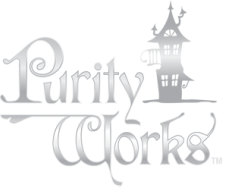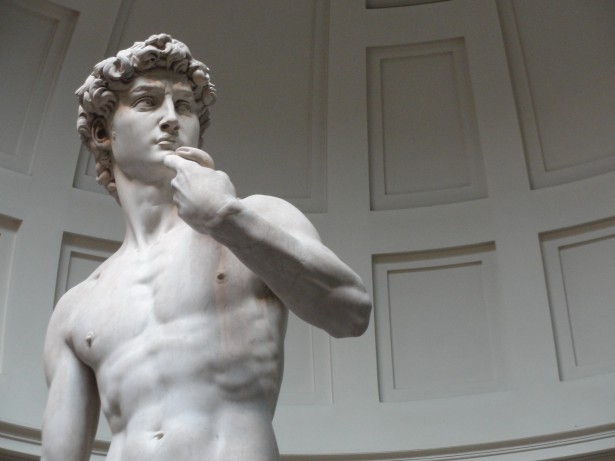Too many times those conversations or articles or books end up making us feel ashamed about our bodies. There’s all this “naughty” stuff on our computers and phones, on TV and in advertising, so our children (and we as adults) may begin to think of the body itself as “naughty.”
It’s the other side of an extreme response to overwhelming sexualization. On the one hand, children and adults are objectifying themselves, swapping their personhood to become objects of desire. At the other extreme, children and adults keep the body and sexuality taboo, not discussing it, making it seem not only private but dirty.
Ask yourself this important question: “What do I want my child’s first introduction to the naked human body (male and female) to be like?”
For many children, this viewing happens in a negative way. A door is slammed in their face. A parent shrieks and shuts the computer or snatches away a phone. A book is hidden. A TV channel is switched with a gasp.
The real shame is that we as parents are letting culture introduce nudity before we do, mostly because we are afraid or ashamed ourselves. But telling our children the truth about our bodies is a privilege we shouldn’t want to miss!
The human body is beautiful, created by God, amazing and intricate, an image of the divine. There is no shame in our bodies, and there is no shame in how they function, even when they respond to desire.
The key is how we manage our bodies in a respectful and honorable way. Those important issues were meant to be communicated to a child FIRST by PARENTS, not by the school, not by the church, and definitely not by the culture at large.
Some friends of mine have had a statue of Michelangelo’s David in their living room for years (they have three daughters). This gorgeous piece of art celebrating the human form has been part of their family life. I wonder how many families would benefit from having similar conversation starters in their homes?
If we took the responsibility to unveil the human body for the first time, we could say that the body was not shameful or something to be mistreated or disrespected. We could speak of it accurately and in terms our kids could understand. They could be allowed to ask any question, and they could be allowed to laugh because body conversations can be funny. We could also define pornography in such a way that our kids had no doubt it was wrong.
And then, maybe the first time they saw pornography, they would know to tell a parent and turn it off. Maybe the first time a “locker room” conversation started, a boy would say, “If we want girls to respect us, then we need to respect them, ” or walk away. Maybe a girl confronted by her peers about her virginity would answer, “My body is a treasure to guard, not a rag to pass around. And yours is a treasure, too.”
Maybe our kids wouldn’t point and giggle the first time they saw the David—because they’d already seen it at home, and they knew the nude body as a work of art, not a naughty statue.
NOTE: If you weren’t the one to introduce the body to your child, don’t despair. Start where you are. Do whatever you can to start fresh and make yourself THE source they can come to for answers. Research shows clearly that kids would rather learn from parents than from any other sources. Contact us at PurityWorks for ideas.


 RSS Feed
RSS Feed


